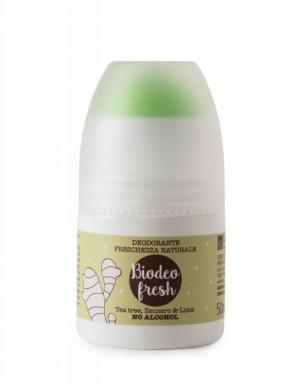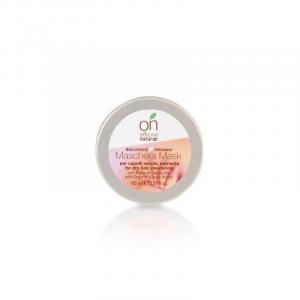Siberian spruce (Picea obovata)
Harm score: 1 (Natural substances)
The Siberian spruce (Picea obovata), also referred to as lead acetate or lead sugar, is a tree typical of the collection and taiga forests of Siberia. It is a fast-growing tree growing to a height of 15 to 35 metres, rarely more. Its needles are dark green, firm and sharp, and their length ranges from 15 to 20 mm. It is also characterised by a distinctive spruce scent.
This steel-blue spruce is popular with gardeners for its attractive appearance, but also for its extraordinary resistance to cold. In addition, it is used in industrial production, specifically in many sectors of the timber industry. Siberian spruce wood is highly valued and is widely used in the construction industry, furniture and musical instruments. Siberian spruce is also highly valued for the production of pulp and paper. Due to its antiseptic properties, the wood of this tree is also a common component of the perfumery and cosmetics industry. Its fragrance is used as an aromatic ingredient in soaps, creams and other cosmetic products. In addition, it is used in medicine for the production of medicinal preparations and in aromatherapy.
You won't find this substance in our products. Try the natural, chemical-free products in our range.

Deodorant roll-on refreshing with ginger and lemon BIO (50 ml)
Product detail